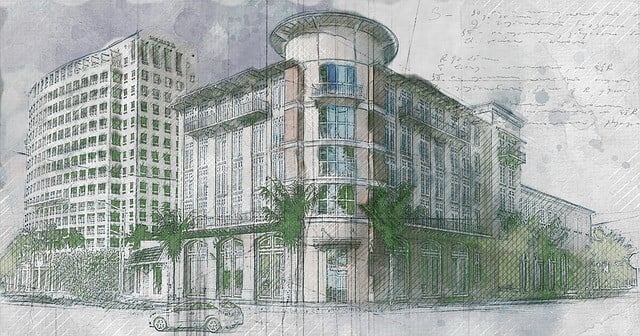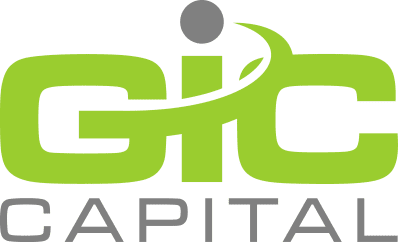Unfortunately, like with any new venture, its not uncommon to see new and sometimes "seasoned" investors getting hung up on the wrong aspects or less viability-breaking elements of an investment property. This is one of the main reasons why lenders funding real estate or property investments emphasize on the mandatory requirement experience in the majority of cases, especially for larger transactions.
So, what should a potential investor be focusing on? Below are some of the main factors to consider when analysing a property for investment:
- Net Operating Income (NOI)
- Taxes & Entity Structure (Current and Future)
- Physical Condition
- Location including
- Crime
- Employment
- Amenities
- Transport Links
- Future developments and growth trends

We aim to deliver much needed capital for SME’s and Property Developers.
These are just some of the factors to determine whether or not the apartment block investment works not only for you but ultimately makes sound financial sense and you able to get funding and maybe even Joint Venture investors.
Potential Gross Income (PGI) aka Gross Scheduled Income (GSI)
This is about how much anticipated income your property will generate if all units within it are rented and if there are no rent defaults. This can be a very useful measure to compare against your actual income.
Potential Gross Income = Rental Income + Lost Rental Income from Vacant Units
Gross Operating Income aka Income from Operations
This figure reflects the gross operating income in addition to all other sources of income from your rental property. This can include revenue from parking spaces, public vending machines, pet rent etc.
Gross Operating Income = (PGI – Lost Rental Income from Vacant Units) + Other Income
Net Operating Income
You first need to figure out your gross operating income. Once you have that figure, you subtract your operating expenses (insurance and maintenance costs etc). You should note, however, that things like investment property depreciation and interest payments do not factor into operating costs.
Net Operating Income = Gross Operating Income – Total Operating Expenses

Capitalization Rate
Also known as Cap Rate, is one of the most important real estate formulas. The cap rate formula compares an investment property’s net operating income with its market value, allowing investors to quickly compare properties to see which one is most worth it.
Cap Rate = Net Operating Income / Market Value of Property
